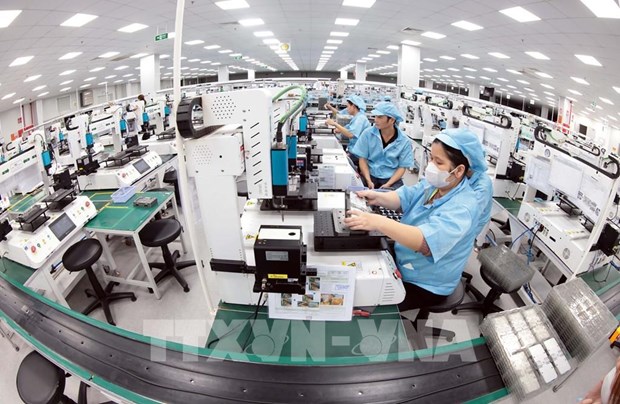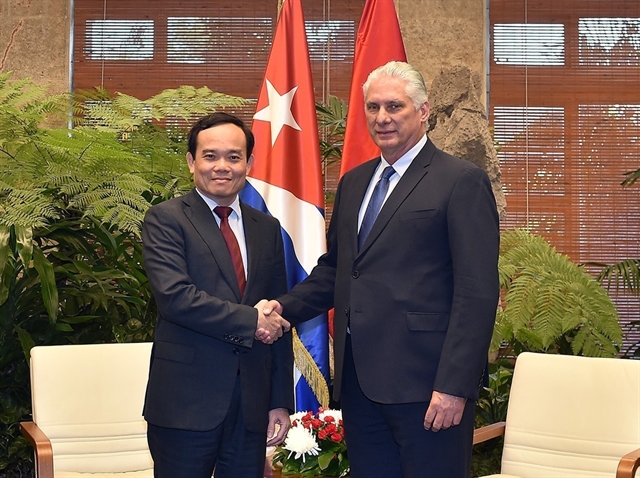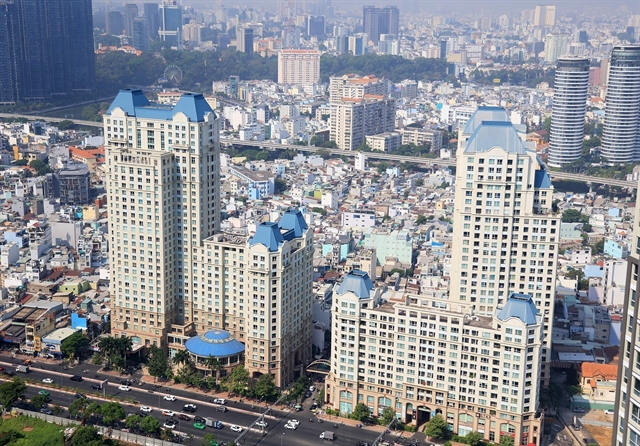 Life & Style
Life & Style

Panama has become one of the fastest growing economies in the world. Ambassador of Panama to Việt Nam, Servio S Samudio B, on Tuesday shared with the Việt Nam News an article to mark the National Day of the Republic of Panama.
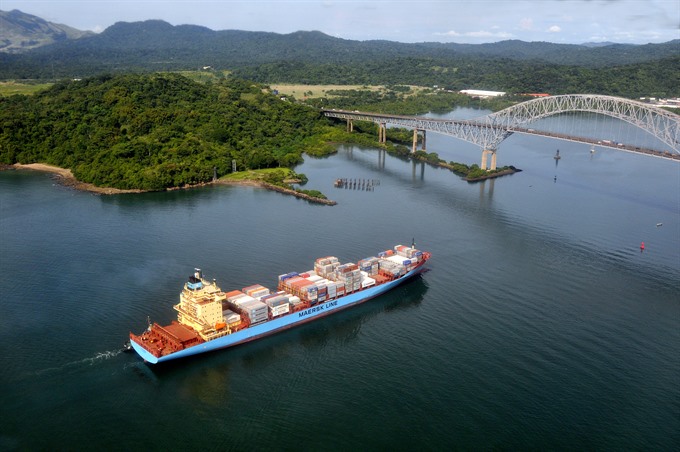 |
| The Bridge of the Americas. — Photo courtesy of the embassy |
Panama has become one of the fastest growing economies in the world. Ambassador of Panama to Việt Nam, Servio S Samudio B, on Tuesday shared with the Việt Nam News an article to mark the National Day of the Republic of Panama.
On November 3, the country celebrated 114 years since it proclaimed separation from Greater Colombia. This was the beginning of Panama as an independent, sovereign and prosperous nation.
Average annual growth was 7.2 per cent between 2001 and 2013, more than double the regional average. The Panamanian economy grew by 6.1 per cent in 2014, coming down slightly to 5.8 and 4.8 per cent in 2015 and 2016. By 2017 and 2018, the forecast remains at 5.4 per cent, the highest in Latin America.
In the medium term, Panama’s growth is likely to remain one of the highest in Latin America. Public investments should also remain high, with planned construction of a second subway line and expected additional traffic generated by the expanded canal.
Private investment should also remain strong. Prospects for high growth in coming years are also supported by emerging opportunities for private sector-led growth in key sectors, such as transport and logistics, mining, financial services and tourism.
Panama has made significant progress in reducing poverty in recent years. If we use the international poverty line of US$4 a day, it would result in a general poverty reduction of 21 to 17 per cent between 2011 and 2015.
The economy of Panama is centered on a highly-developed services sector, which represents more than 75 per cent of gross domestic product (GDP). The Panama Canal and use of the US dollar have promoted the strengthening of a globally-oriented services economy. The canal is essential to global trade and accounts for almost 10 per cent of the country’s GDP.
Other important components of the service economy are the Colon Free Trade Zone (CFZ), which is the second largest free port in the world and the Trans-Panama Pipeline, which allows for the transport of crude oil between the Pacific and Atlantic coasts. The licence and registry of the Panama flag to merchant ships is another source of economic activity.
Panama also has a large logistics and storage services sector, as well as a modern banking and insurance industry. The agricultural sector has lost importance over the years, accounting for less than 10 per cent of GDP today. The main cash crops produced in the country are bananas, corn, coffee, and sugar.
 |
| Beautiful Panamanian duo in the Pollera, the Panamanian traditional dress. — Photo courtesy of the embassy |
Panama is mainly a service country and, as the hub of the Americas, it possesses an excellent connection with the rest of the world. The infrastructure and facilities, such as the Panama Canal and a sophisticated logistic platform, the Panama Pacific Special Economic Area, the City of Knowledge, the Panama Railway and the Colon Free Zone have optimum conditions to be redistribution centres for goods to all countries in the region.
Panama is connected to the world through seven submarine fiber-optic cable systems, a good reason why big companies are establishing data centres in Panama.
The United Nations Conference on Trade and Development (UNCTAD) ranked Panama as the country with best connectivity in Latin America. Of its most attractive features are international airports, industry, commercial, residential areas combined with an excellent infrastructure.
Panamanian investors have shown great interest in establishing commercial relations in Việt Nam to access manufactured or semi-manufactured goods at reasonable prices and to use Panama as a redistribution centre.
New business opportunities in logistics can be developed on both sides of the Panama Canal, Atlantic and Pacific.
However, the largest land opportunities are on the Pacific side of the Canal, specifically in Rodman, Panama Pacifico and other surrounding areas. The Panama Pacifico Area, one of the top mega projects of the Panamanian Government, has an international trade hub and attracts logistics services, commerce, industry, and large multinational companies, such as Dell, Caterpillar, and Procter & Gamble. The main objective of this Special Economic Area is the attraction of new direct foreign investment and the creation of jobs in Panama.
With this ambitious project, that includes economic and legal benefits, Panama promotes the development of different industries, such as logistics, sea and air transportation, high-technology and call centres, among others.
From November 27 to December 1, the Embassy of Panama will co-ordinate with the Spanish Department under the Hà Nội University to organise a photo exhibition entitled Visit Panama. Hopefully through this exhibition, the Vietnamese people will understand more about the beauty of the Panamanian people and landscapes. — VNS


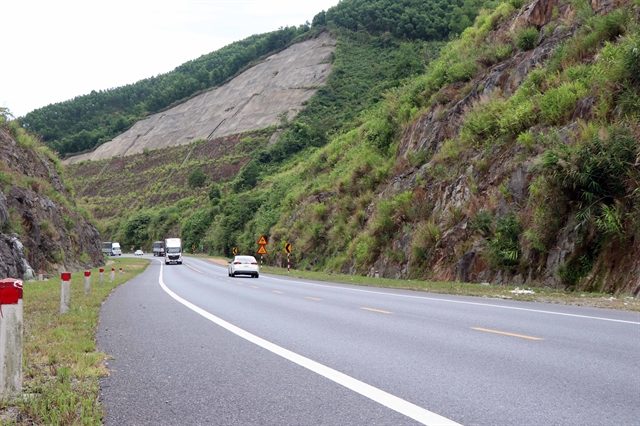
.jpg)


